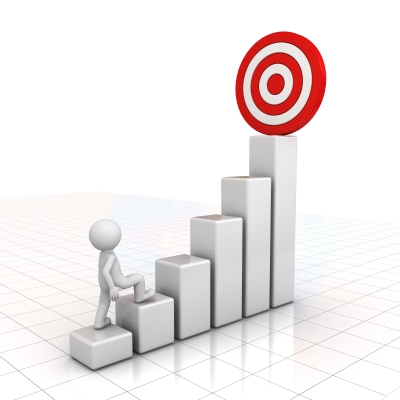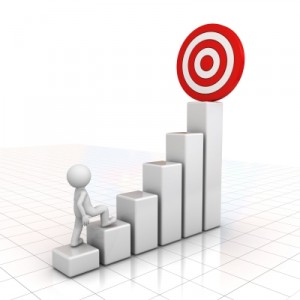Daily Confident Investor Indicator Analysis May 20, 2014
This information was calculated on May 20, 2014 and is based on the closing value of the most recent trading day which may not be today.
This information is based on the Yahoo Historical Pricing and is only as good or as current as that data Read More →

